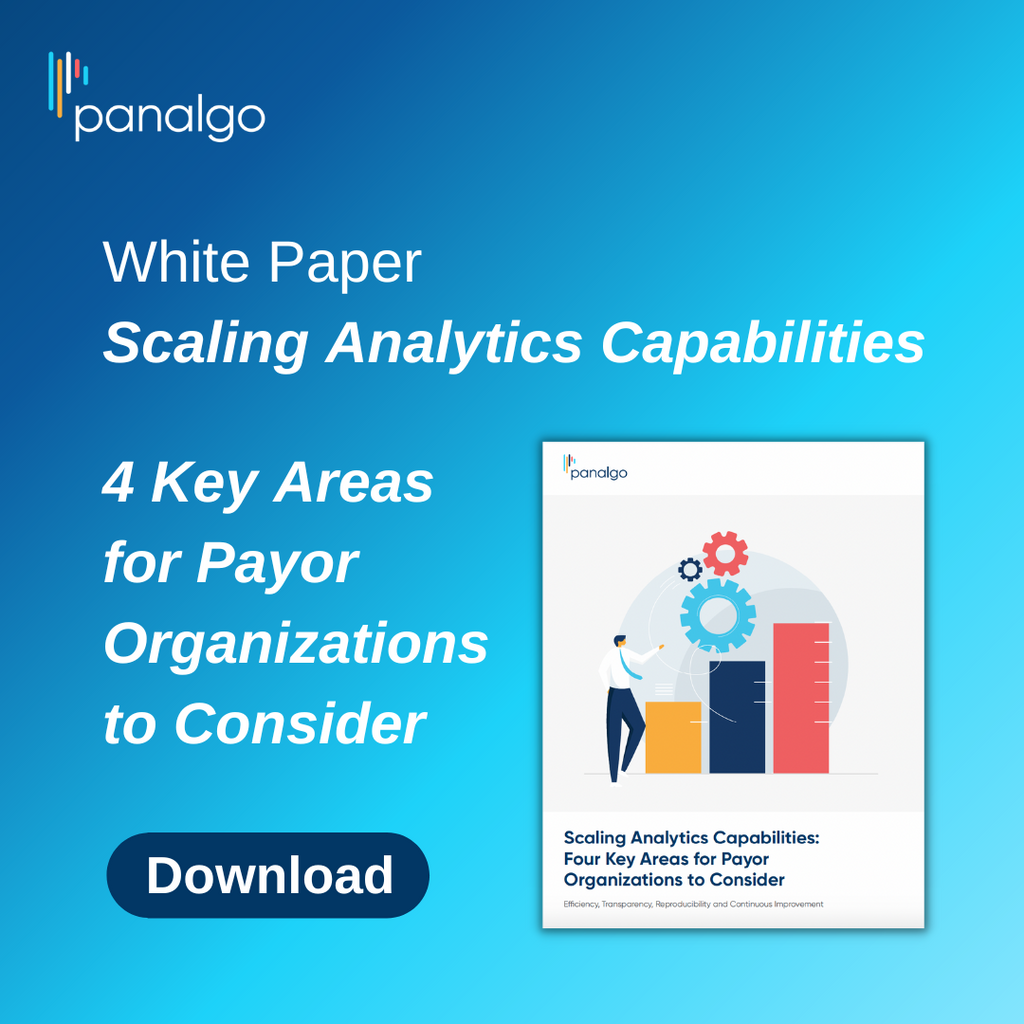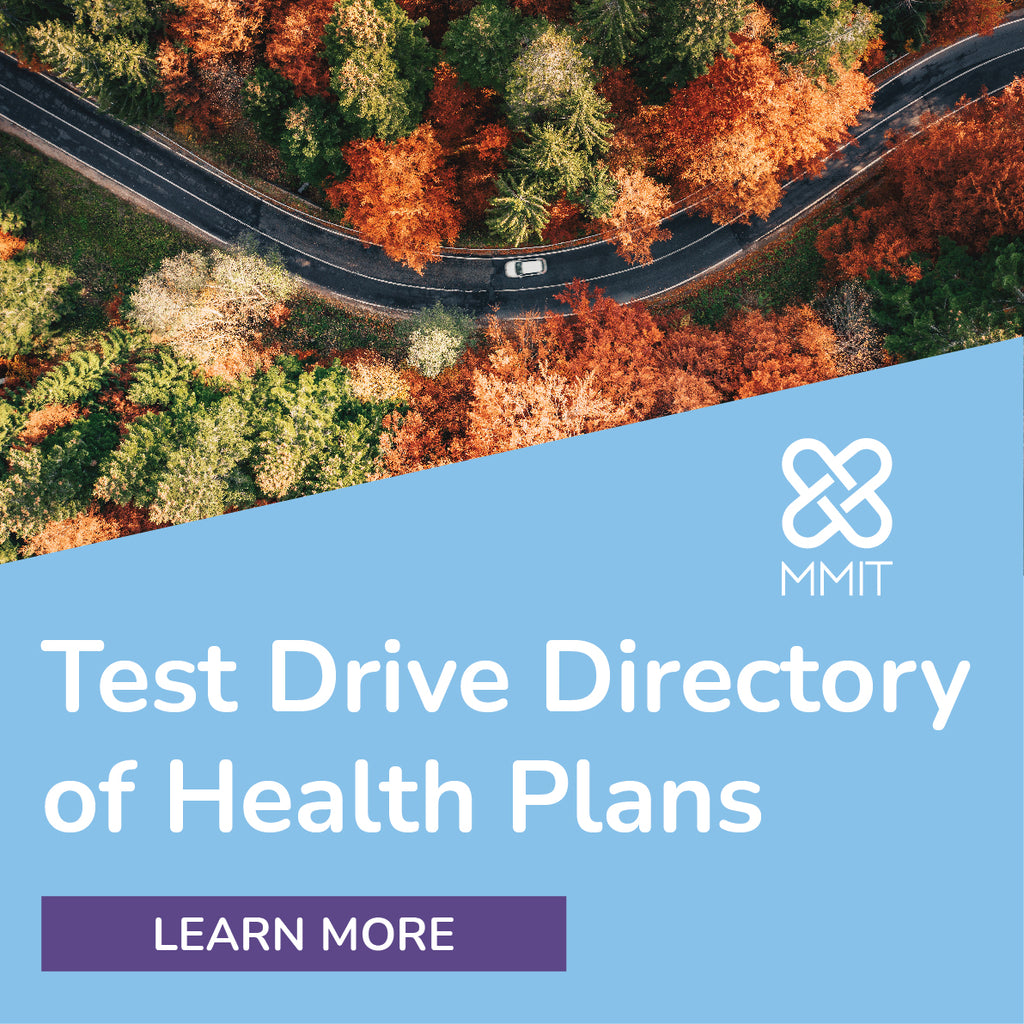Radar on Medicare Advantage
-
MA, D-SNP Sponsors Ask for Grace in Risk Score Determination
As CMS considers its final rate notice for the 2022 plan year and charts a full transition to the encounter data system (EDS) for calculating risk scores, Medicare Advantage insurers are pleading with the agency to grant them some leeway in the use of risk adjustment data to account for COVID-19 pandemic-related abnormalities. If plans are to rely on encounter data from 2020, a year when many enrollees put off care, their risk adjusted payments in 2021 may not be adequate — leading to even lower payments in 2022, two trade organizations warn.
In anticipation of an early rate notice release due to pandemic uncertainty, CMS on Oct. 30 issued Part 2 of the 2022 Advance Notice of Methodological Changes for MA Capitation Rates and Part D Payment Policies, which usually posts in early February (RMA 11/5/20, p. 1). The comment period for both parts of the notice closed on Nov. 30, and America’s Health Insurance Plans (AHIP), in its comment letter to CMS, said the notice failed to address policies needed to hold plans and enrollees harmless in relation to the pandemic. With lower care utilization resulting in fewer opportunities for providers to code diagnoses, risk scores gathered from 2020 may not accurately reflect the health of enrollees and therefore may not fully reflect the cost of care, warned AHIP.

-
Questions Linger About Part D Rebate Rule’s Fate, Legality
As Medicare Part D plans consider their 2022 plan year bids without the negotiating tool of manufacturer rebates, it remains to be seen whether HHS’s recently finalized rebate rule (85 Fed. Reg. 76666, Nov. 30, 2020) will take effect. Rachel Sachs, an associate professor of Law at Washington University in St. Louis, in a Nov. 23 Health Affairs blog post suggested that the Trump administration finalized the rebate rule “in a way that will create substantial legal jeopardy” and it is likely to be “invalidated on procedural grounds.”
Save for the removal of Medicaid managed care organizations from the safe harbor changes to rebates, Sachs observed that the final rebate rule is largely identical to the proposed rule and makes “no structural changes in an attempt to comply with the President’s executive order” that the HHS secretary in finalizing the rule publicly confirm that it would not raise costs. Secretary Alex Azar’s confirmation statement, she pointed out, relies partly on the expectation that manufacturers will lower list prices in response to the rule and cites a February 2019 Senate Finance Committee hearing during which several pharmaceutical executives indicated “that they would reduce their list prices only if rebates were removed from both the commercial sector and Part D.” The rule as finalized, however, removes rebates from just Part D, she noted.

-
Without Rebate Dollars, Part D Plans Ponder 2022 Bids
As part of a late-term rulemaking blitz, the Trump administration on Nov. 20 finalized a controversial HHS rule designed to eliminate the use of drug manufacturer rebates in Medicare Part D and ensure that such rebates are passed through to consumers at the point of sale. Although the rule could face legal challenges and/or be reversed by the incoming Biden administration (see box, p. 6), Medicare Advantage Prescription Drug (MA-PD) plan sponsors preparing their 2022 plan year bids must act as though the rule will take effect and may seek ways to maintain $0 premium and supplemental benefit offerings without the availability of rebate funds, industry experts advise.
Effective Jan. 1, 2022, the final rule (85 Fed. Reg. 76666, Nov. 30, 2020) will make significant changes to the Anti-Kickback Statute by removing safe harbor protections for rebates paid by manufacturers to sponsors of Medicare Part D plans. At the same time, it establishes a new safe harbor protecting certain pharmacy point-of-sale price concessions provided to Part D sponsors and Medicaid managed care organizations, such as those based on formulary placement. The rule was first proposed in February 2019 but met with opposition from pharmacy benefit managers and managed care stakeholders, and it was ultimately withdrawn after several entities (including the Congressional Budget Office and the CMS Office of the Actuary) projected it would increase government spending.

-
News Briefs
✦ The White House Office of Management and Budget (OMB) at press time had concluded its review of HHS’s controversial “rebate rule” that would effectively eliminate pharmaceutical manufacturer rebates in Medicare and Medicaid. The original rule, introduced by HHS in January 2019, was withdrawn after regulators estimated that it would increase federal spending by nearly $200 billion over 10 years (RMA 7/18/19, p. 1). President Donald Trump in July directed HHS to “complete the rulemaking process.” That executive order, however, stated that HHS must publicly certify that the policy would not increase premiums, federal spending, or Medicare beneficiaries’ out-of-pocket costs, “effectively meaning that the new rule currently at OMB could look different from the original,” wrote Citi analyst Ralph Giacobbe on Nov. 17. If finalized, it is likely to face legal challenges and “may never be implemented or may be reversed by the incoming Biden administration,” suggested Evercore ISI analysts on Nov. 19. “Still, if it were implemented, there would be no direct impact on the economics of the drug channel for PBMs, Part D plans, distributors or drug manufacturers (the rule has been supported by manufacturers).” In a statement from the Better Medicare Alliance, BMA President and CEO Allyson Schwartz warned, “It would be deeply unfortunate to see CMS risk undermining its own progress in lowering health care costs for seniors in the final weeks of the current administration with finalization of this ill-conceived rule.” Visit https://bit.ly/36OUA3j.
✦ Kaiser Foundation Health Plan of Washington, formerly known as Group Health Cooperative (GHC), agreed to pay $6,375,000 to resolve allegations that it knowingly submitted invalid diagnoses for Medicare Advantage beneficiaries in order to receive higher payments from the Medicare program, according to the Dept. of Justice (DOJ). The allegations were originally made in a False Claims Act lawsuit filed by former GHC employee Teresa Ross. The DOJ said its intervention in the suit reflects its “emphasis on combating health care fraud.” The matter was handled by the DOJ Civil Division’s Commercial Litigation Branch, the U.S. Attorney’s Office for the Western District of New York and the HHS Office of Inspector General. It did not involve any determination of liability. Visit https://bit.ly/3nyD22b.

-
MA Insurers’ 3Q Earnings Reflect COVID Expenses
Select publicly traded insurers reporting third-quarter 2020 earnings this past month predicted big gains in Medicare Advantage enrollment during the current Annual Election Period (AEP), and noted that growth in government products helped offset the impact of commercial losses and COVID-19 costs in the recent quarter.
Reporting third-quarter 2020 earnings on Nov. 6, CVS Health Corp. said a 3.5% year-over-year increase in overall revenues was due in part to growth in its Health Care Benefits segment, which includes Aetna. Revenues in that segment rose 8.8% from the prior-year quarter to $18.7 billion, primarily driven by membership increases in Aetna’s government products and the favorable impact of the return of the Affordable Care Act health insurer fee for 2020. Those gains were partially offset by the divestiture of Aetna’s stand-alone Medicare Part D Prescription Drug Plans (PDPs) — a condition of its acquisition by CVS — membership losses in commercial products, and COVID-19 related investments, CVS Health explained.












